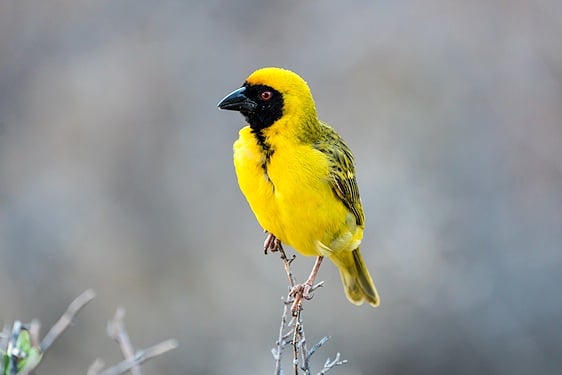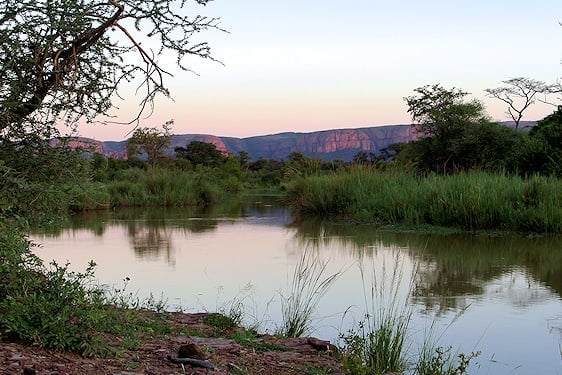- Home
- >
- African Travel
- >
- South Africa
- >
- National Parks
- >
- Kruger National Park
- >
- Mammals
- >
- African Wildcat
Description
Closely related to the house cat, the African wildcat is similar in size but more uniform in appearance. Typical coat colors are brown to gray with a sandy wash, with black leg stripes and a ringed tail. Upright ears and long limbs aid stealthy, nocturnal hunting in grass, shrub, and sparse woodland across much of Southern and eastern Africa.

African wildcat are another widespread terrestrial-bound species of African mammal. The vast majority of Southern Africa, including South Africa, Botswana, Namibia, Zimbabwe, Zambia, and Mozambique, all have African wildcat populations. Further north, they thrive across East and West Africa and into Southwest and Central Asia. They are absent from closed tropical forest and from some far-southwestern coastal areas. :contentReference[oaicite:10]{index=10}

Status
African wildcat are assessed as Least Concern by the IUCN (2022) because they are widespread across Africa and parts of Asia; key concerns include habitat loss and genetic swamping through hybridization with domestic cat. :contentReference[oaicite:11]{index=11}

Habitat
This species adapts to grassland, shrub, savanna, fynbos, and montane areas where prey are available. Rodent dominate the diet, with bird, reptile, insect, and occasionally hare or rabbit also taken. They often use burrows made by other animals, such as aardvark, and readily persist near settlements and within agricultural zones. :contentReference[oaicite:12]{index=12}

Social Organization
African wildcat and domestic cat are now treated as separate species; domestic cat originated from African wildcat, and hybridization occurs where they overlap. African wildcat are solitary and territorial, with temporary tolerance during breeding or when mothers accompany young. :contentReference[oaicite:13]{index=13}
Finest Safari Areas in Africa for Encountering African Wildcat
We recommend the following National Parks and Private Reserves for the best chances of spotting the African wildcat on safari game drives and bush walks.

Social Behavior
They are not particularly social, and contact between individuals is rare. They mainly hunt at night and use keen vision and hearing to target small and medium prey. They mark territory by spraying, urinating, and leaving feces they cover with sand, similar to domestic cat.

Reproduction
Mating typically occurs during a brief period while a female is in heat. Gestation lasts about 56–65 days. Litters average two or three kittens and are born in secluded sites. The young grow toward independence over subsequent months, with timing varying by region. :contentReference[oaicite:14]{index=14}

Anti-Predator Behavior
Like house cat, they respond to threat with hissing and growling; if intimidation fails, they flee. Predators include jackal, leopard, lion, and caracal, and eagle and other raptor may target kittens. :contentReference[oaicite:15]{index=15}












